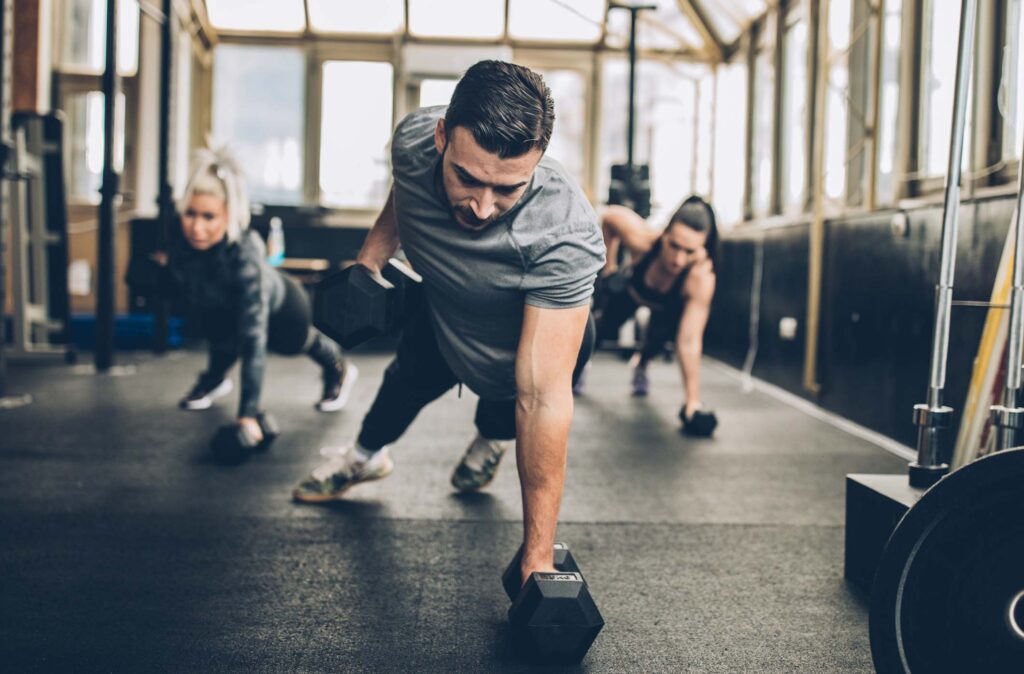Table of contents
Table of contents
When people start a new fitness routine at the gym, they’re not only committing to their personal wellbeing and physical health. Often, it’s also a way of enjoying vital social connection as people engage with a community of like-minded others. It’s crucial, then, that members know how to behave within the gym space, as this plays a pivotal role in shaping a positive and inclusive atmosphere. That’s why it’s important for personal trainers to make clients aware of the principles that will create respect, courtesy, and camaraderie.
The intricacies of proper conduct go beyond lifting weights and running on treadmills. Certain unspoken etiquette may not be outlined when signing up, or in clear signage around the gym. From the changing rooms to interactions with staff and attitudes towards fellow members, you can empower clients to navigate the gym environment seamlessly, sharing your own knowledge and experience as well as the various unwritten rules. By advocating for this etiquette, you help clients to make the most of their fitness journey and make the gym a more enjoyable place to be, for a setting where everyone can thrive.
In this guide, we’ll outline the nuances of basic gym etiquette in the UK, as well as what constitutes bad gym etiquette.
1. Respecting everyone’s time

6. Equipment usage

Get Personal Trainer Insurance from Protectivity
*Disclaimer – This blog has been created as general information and should not be taken as advice. Make sure you have the correct level of insurance for your requirements and always review policy documentation. Information is factually accurate at the time of publishing but may have become out of date.
Last updated by


















